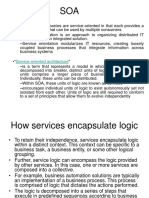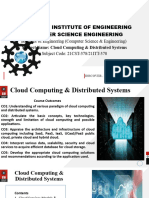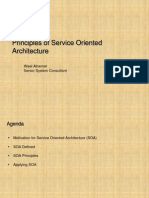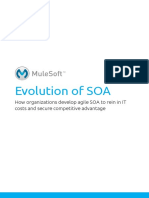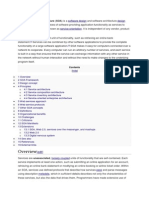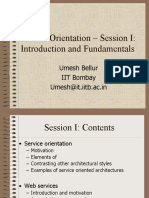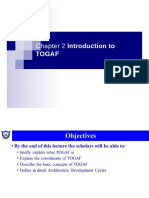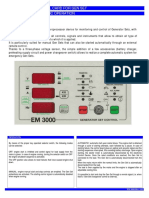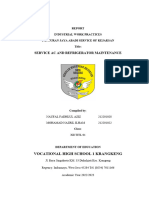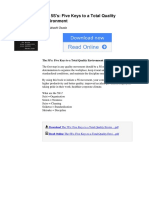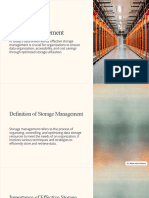0% found this document useful (0 votes)
213 views33 pagesChapter3 - SOA
This document provides an overview of Service Oriented Architecture (SOA). It defines SOA as an architectural style that supports service-orientation where reusable logic is defined as independent services. The key features of SOA described include loose coupling, reusability, and composability of services. Some benefits of SOA discussed are flexibility, cost reduction, and the ability to evolve systems more easily. The document also notes that SOA is not defined by any specific technology and covers common SOA concepts like service consumers, providers, registries, and frameworks.
Uploaded by
ኢየሩሳሌም ገብረ ክርስቶስCopyright
© © All Rights Reserved
We take content rights seriously. If you suspect this is your content, claim it here.
Available Formats
Download as PDF, TXT or read online on Scribd
0% found this document useful (0 votes)
213 views33 pagesChapter3 - SOA
This document provides an overview of Service Oriented Architecture (SOA). It defines SOA as an architectural style that supports service-orientation where reusable logic is defined as independent services. The key features of SOA described include loose coupling, reusability, and composability of services. Some benefits of SOA discussed are flexibility, cost reduction, and the ability to evolve systems more easily. The document also notes that SOA is not defined by any specific technology and covers common SOA concepts like service consumers, providers, registries, and frameworks.
Uploaded by
ኢየሩሳሌም ገብረ ክርስቶስCopyright
© © All Rights Reserved
We take content rights seriously. If you suspect this is your content, claim it here.
Available Formats
Download as PDF, TXT or read online on Scribd
/ 33



